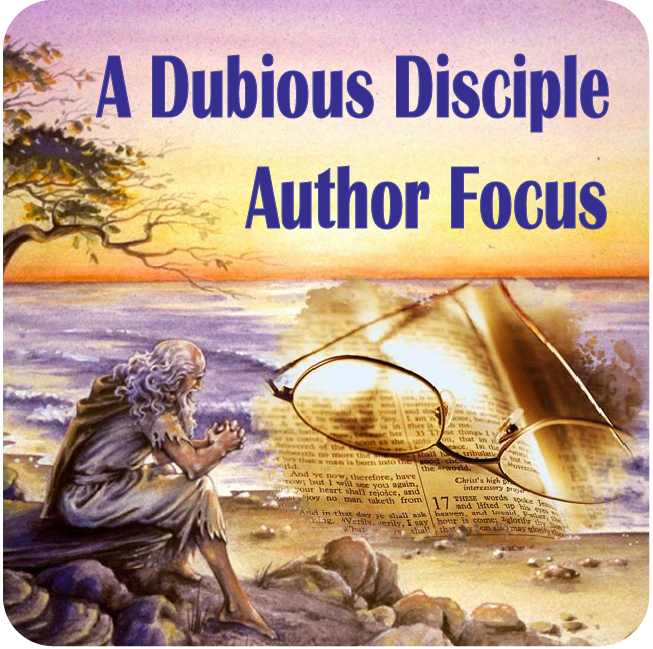A couple weeks back, I posted a review of a fascinating theory about the evolution of the Bible. I very much enjoyed the book, but could not get behind the theory, as the research seemed as yet unsubstantiated. Stan prepared a thoughtful rejoinder, and posted it as a comment on…
Category: Focus on the Author
Interviews and author contributions
Focus on the Author

Continue Reading

Focus on the Author: Leonard Timmons
Author of From Adam to Noah: The Numbers Game A while back, I reviewed Leonard’s book, and gave it a three-star review, considering it a rather fantastic theory. Leonard promised a response to my review, and I’d like to share that with you now. ********* Hi Lee, My response to…
Focus on the Author

Continue Reading

Focus on the Author: Cheryl Petersen
Author of 21st Century Science and Health //I hope to mix in the occasional author bio, or perhaps an author’s personal motivation/inspiration for writing a book. Authors, if I’ve reviewed your book (or if I have it for review) feel free to contribute a short post, if you’d like further…